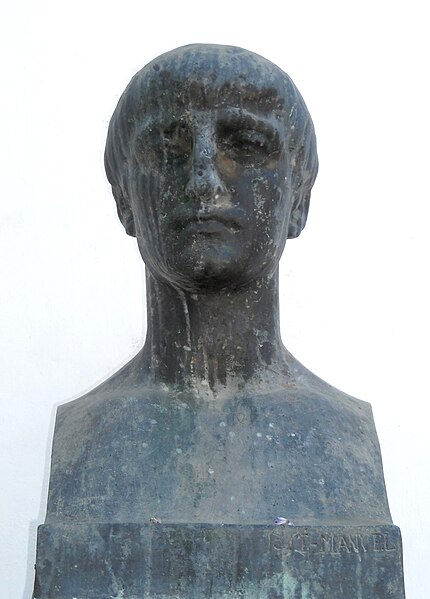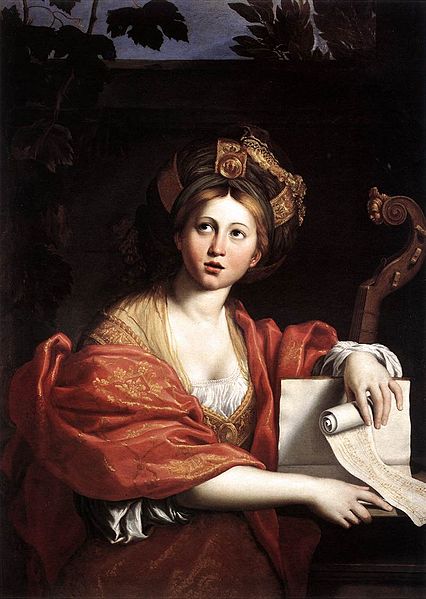In Roman literature, Erichtho is a legendary Thessalian witch who appears in several literary works. She is noted for her horrifying appearance and her impious ways. Her first major role was in the Roman poet Lucan's epic Pharsalia, which details Caesar's Civil War. In the work, Pompey the Great's son, Sextus Pompeius, seeks her, hoping that she will be able to reveal the future concerning the imminent Battle of Pharsalus. In a gruesome scene, she finds a dead body, fills it with potions, and raises it from the dead. The corpse describes a civil war that is plaguing the underworld and delivers a prophecy about what fate lies in store for Pompey and his kin.
Erichtho by John Hamilton Mortimer
Erichtho was popularized by the Roman poet Lucan in his epic poem Pharsalia.
Erichtho has often been seen as antithetical counterpart to the Sibyl of Cumae, a character prominently featured in Virgil's Aeneid.
Erichtho is mentioned by name in Dante Alighieri's work Inferno.
De Bello Civili, more commonly referred to as the Pharsalia, is a Roman epic poem written by the poet Lucan, detailing the civil war between Julius Caesar and the forces of the Roman Senate led by Pompey the Great. The poem's title is a reference to the Battle of Pharsalus, which occurred in 48 BC, near Pharsalus, Thessaly, in Northern Greece. Caesar decisively defeated Pompey in this battle, which occupies all of the epic's seventh book. In the early twentieth century, translator J. D. Duff, while arguing that "no reasonable judgment can rank Lucan among the world's great epic poets", notes that the work is notable for Lucan's decision to eschew divine intervention and downplay supernatural occurrences in the events of the story. Scholarly estimation of Lucan's poem and poetry has since changed, as explained by commentator Philip Hardie in 2013: "In recent decades, it has undergone a thorough critical re-evaluation, to re-emerge as a major expression of Neronian politics and aesthetics, a poem whose studied artifice enacts a complex relationship between poetic fantasy and historical reality."

The Pharsalia was especially popular in times of civil wars and similar troubles; for example the editor of this 1592 edition, Theodor Pulmann, explains Lucan's relevance by the French Wars of Religion (1562–98).
Susanna Braund argues that, were the poem to have been finished, it would have ended with Cato's death.
In book six, Erichtho (pictured) performs a necromantic rite, which many contend is one of the Pharsalia's best-known sequences.
The base of the Confederate Memorial at Arlington National Cemetery in the United States, which is inscribed with Lucan's line, Victrix causa deis placuit sed victa Catoni.







